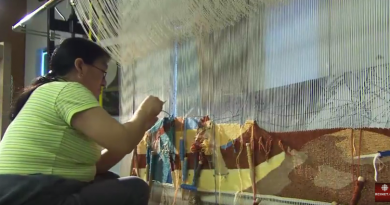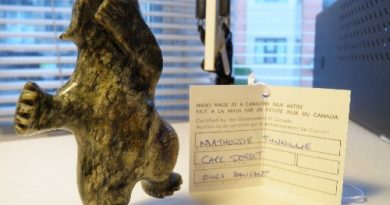National Geographic expedition teaming up with Inuit to visit Nunavik on conservation mission
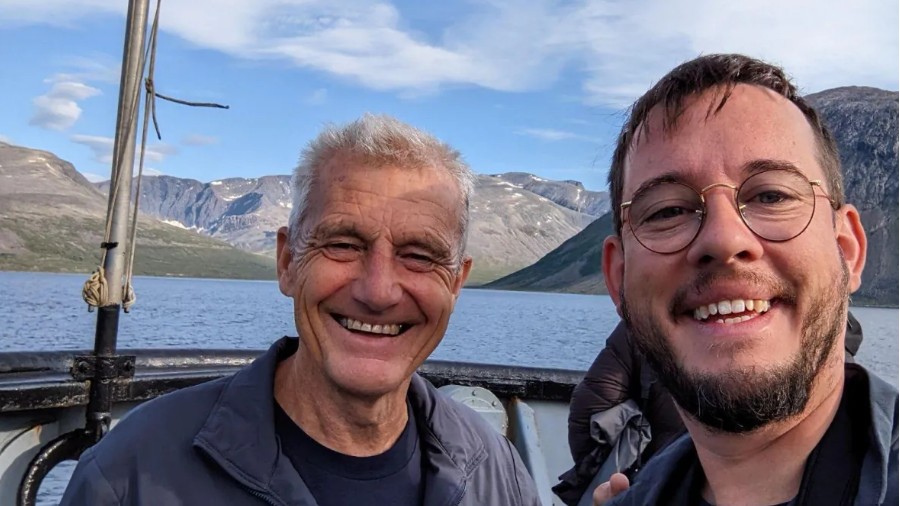
Ossie Michelin’s childhood dream of working with the National Geographic Society became a reality last month, when he was invited to join a Pristine Seas expedition on a two-month journey to parts of the North.
Michelin is an Inuk documentary filmmaker and freelance journalist from North West River, Labrador.
In July, on the voyage in Nunatsiavut (the homeland of Labrador Inuit), he became part of the team of researchers, scientists and documentary filmmakers studying and documenting five priority areas to support Indigenous-led conservation.
The expedition is in partnership with Oceans North, an organization supporting marine conservation in partnership with Indigenous and coastal communities.
It’s all taking place aboard the Polar Prince, an Indigenous-owned Canadian-flagged research icebreaker.
Michelin joined the crew in Nain, N.L. for the first leg of the trip in July. He was hired as a local film producer.
In taking on the job, he was continuing a family tradition.
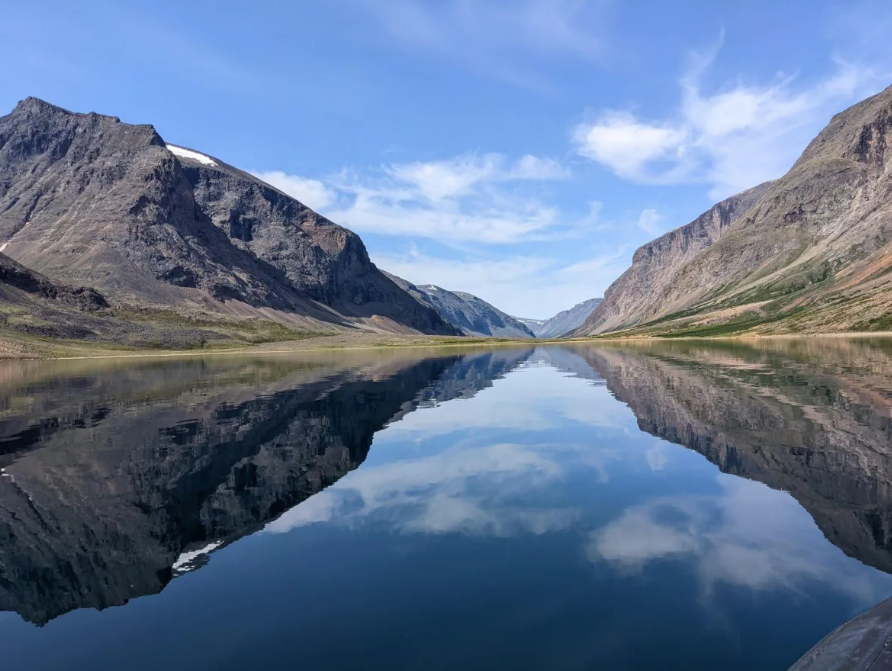
He said his uncle, cousins and late stepfather helped National Geographic crews navigate the area for magazine articles in the 1950s and 1980s. But on this trip, Michelin played a different role.
“This was a chance for someone in my family to continue working with them, but this time helping to shape the narrative of it,” said Michelin.
“To be part of this big international crew but telling stories about my home that I can help make sure are told in an accurate and respectful way, that was really special.”
As part of the trip, the team took elders to the Nachvak and Saglek fjords in the Torngat Mountains National Park.
The elders had grown up fishing and hunting with their families in the area but had not been back in decades after their families were relocated further south to Nain in the 1950s, Michelin said.
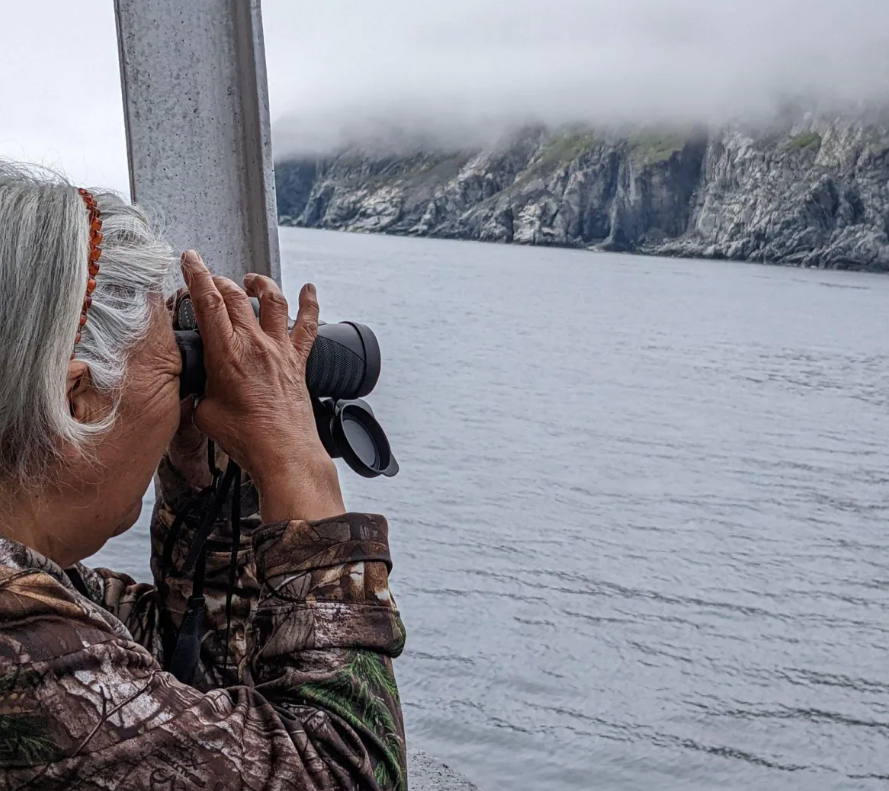
“I felt really good to be up there with these elders because … if something God forbid happens and the lightning strikes all the databases and all the backups and all the (equipment) is gone at least we got to provide these elders with this amazing experience,” said Michelin. “That was what made it really special.”
“We got to bring them to their homes and just see them just sort of light up with joy and they had such an amazing time. So I was really thankful to be part of that.”
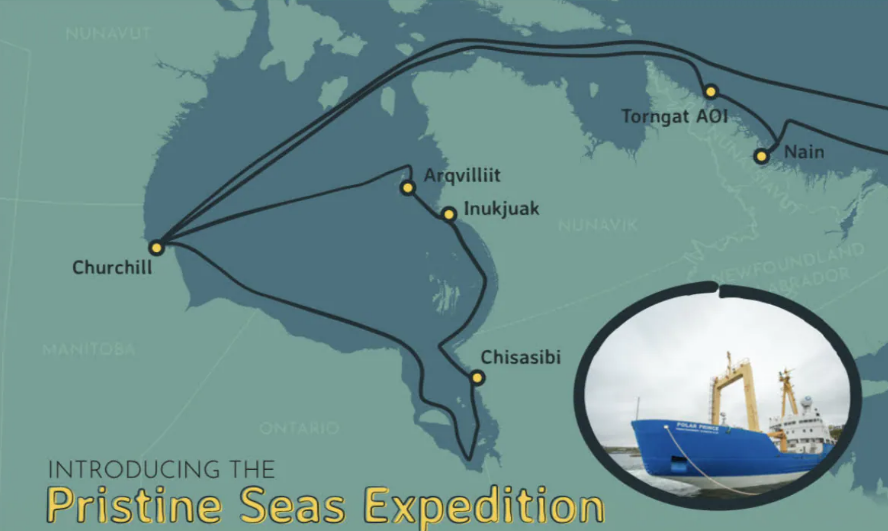
Involving Indigenous partners
Michelin said National Geographic is “really going above and beyond” to tell the story of the land from the perspective of Inuit.
That was one of the key goals of this trip, says Alan Friedlander, chief scientist on National Geographic Pristine Seas.
“There’s so much community knowledge,” said Friedlander. “We’re just trying to elevate and highlight all the amazing work that’s been done and try to complement that.”
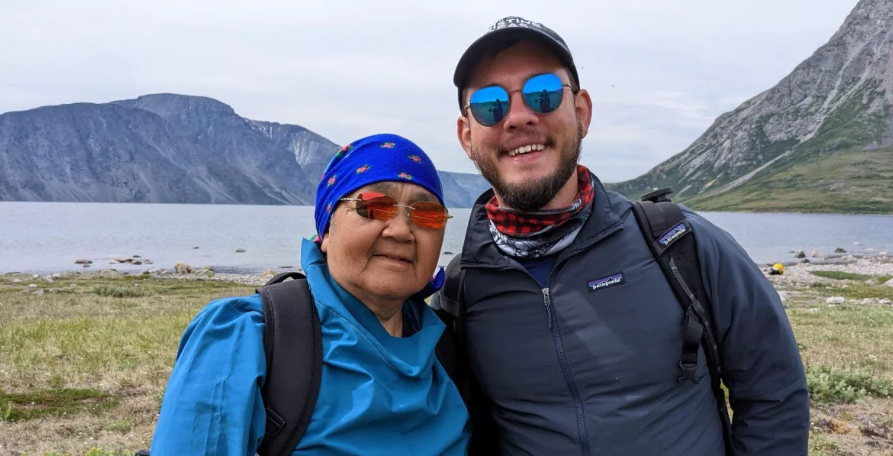
Pristine Seas has been doing this kind of research work for 12 years all over the world, said Friedlander.
The goal of going to remote places is to highlight how special they are, Friedlander said.
“These are like windows into the past, what the ocean looked like before there was heavy human exploitation,” he said.
Sharing the beauty of pristine seas
Founded by Enric Sala, a professor at the Scripps Institution of Oceanography, the Pristine Seas project began with the desire to share the beauty of untouched areas of the planet, said expedition leader Paul Rose, on a Zoom meeting from the deck of the Polar Prince.
“He said ‘every time I write a science paper, it feels like writing an obituary for the ocean.’ You know, there’s lots of ocean awareness going on, lots of understanding about the ocean, but who’s really doing something to find and explore the last wild, truly pristine places?” Rose said.
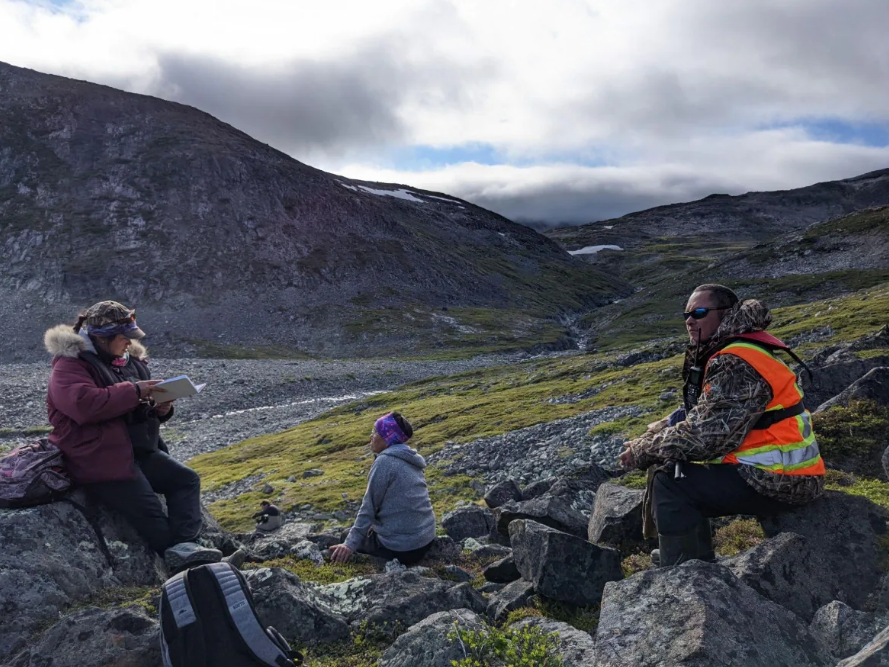
“And then, even better, share the value and beauty of those wild places to the rest of the planet.”
Rose says that’s what they are doing here in Canada alongside Indigenous communities who already have ocean knowledge and sustainable plans to protect their environments.
“Working with the Indigenous people has added some real great life and perspective to our family,” said Rose.
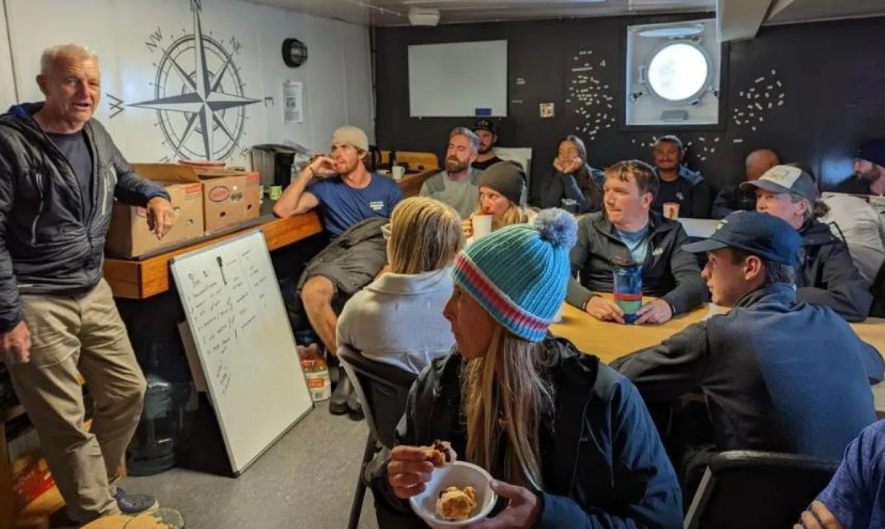
Visiting areas in Quebec this month
A big component of National Geographic’s role involves underwater research. It is part of what will happen in Inukjuak later this month during their trip to the Ottawa Islands, also called Arqvilliit — a chain of 24 islands in northeastern Hudson Bay.
Johnny Kasudluak, an Inuk representative joining the expedition in Inukjuak is the project co-ordinator at the Arqvilliit Indigenous Protected and Conserved Area (IPCA) Establishment Project.
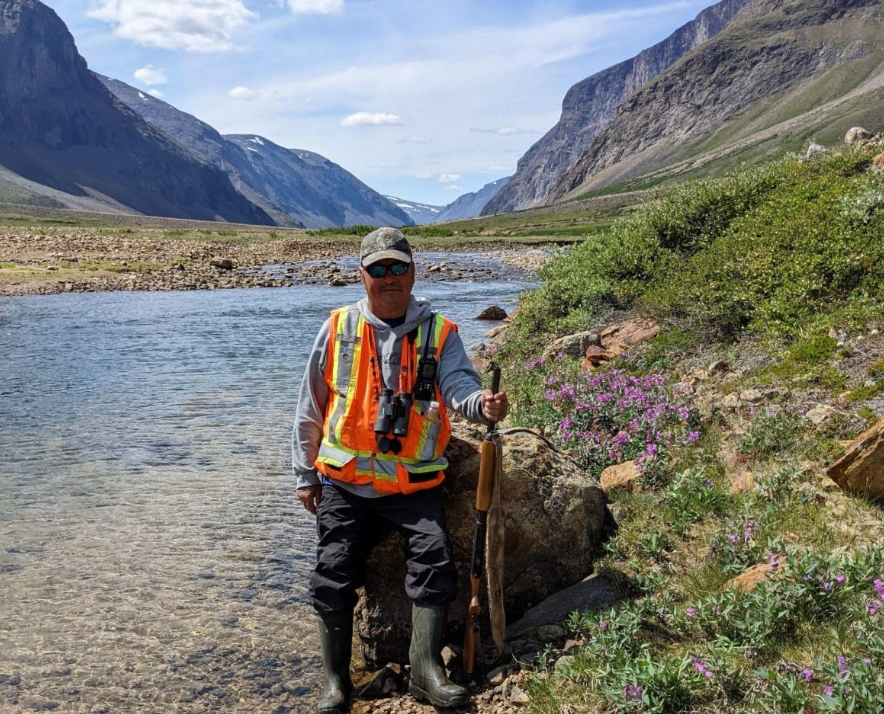
“Whatever media they provide will help us in our efforts to have these islands be established as protected areas and conserved areas,” said Kasudluak.
The Nunavik Inuit-led conservation project protects and conserves endangered species in Arqvilliit, especially the polar bear population on the islands.
When the Pristine Seas crew arrives on August 10th, Kasudluak says his team will explore the islands with the researchers.
“We hope to map and use the drone to scout the area for polar bears,” said Kasudluak.
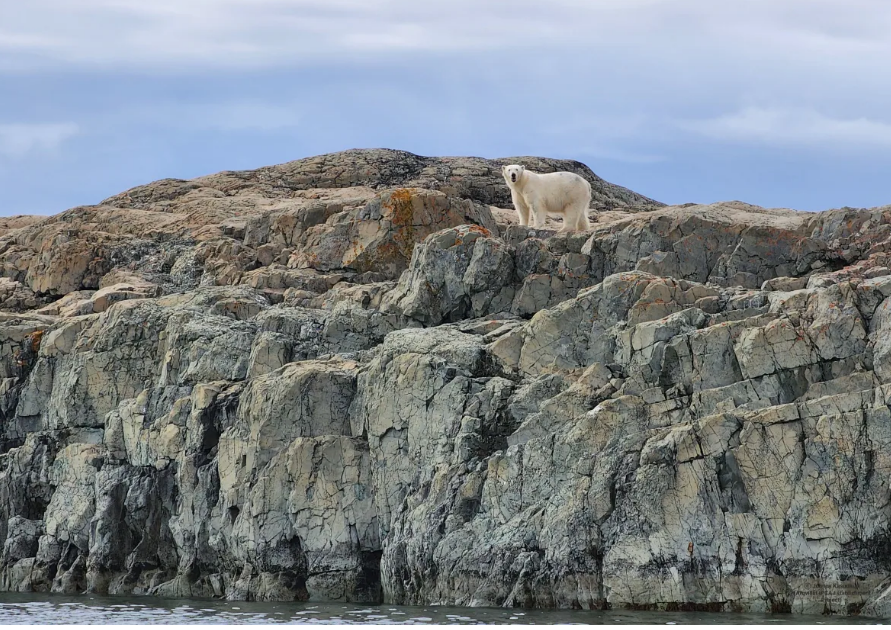
The team will also collect hair from polar bears in the area using “passive monitoring” techniques, says Kasudluak. He says the plywood boxes that curious bears investigate are set up with steel test tube brushes at the corners to collect samples without the need for tranquilization.
Rose says he is excited for the ship’s stop at the Ottawa Islands, particularly since the area isn’t heavily researched. In the stops before Inukjuak, which included Nain, Nunatsiavut, Churchill and Chisasibi he noted they have already encountered their fair share of wildlife.
“We were so lucky. Imagine this… we saw more polar bears than mosquitoes. What do you think of that?” said Rose with a laugh.
National Geographic Pristine Seas has a summer expedition this year. They are travelling to five priority areas to support Indigenous-led research and conservation. Julia Caron spoke with the expedition leader and an Inuk representative who will join research efforts for the stop in Inukjuak this month.
Related stories from around the North:
Canada: Inuit TV, a new channel focused on Inuit culture, launches in Canada, CBC News
Finland: Finnish live stream gives users bird’s eye view of eagle’s nest, Yle News
Norway: Walt Disney Animation Studios to release Saami-language version of “Frozen 2”, Eye on the Arctic
Sweden: Moose on the move — the latest subject for “slow TV” in Sweden, Radio Sweden.

